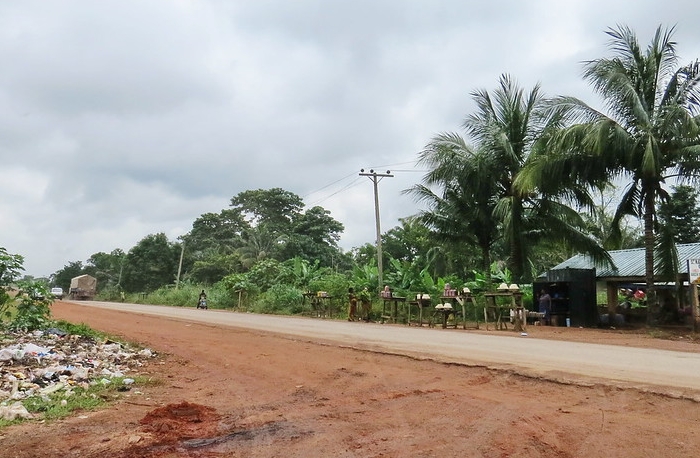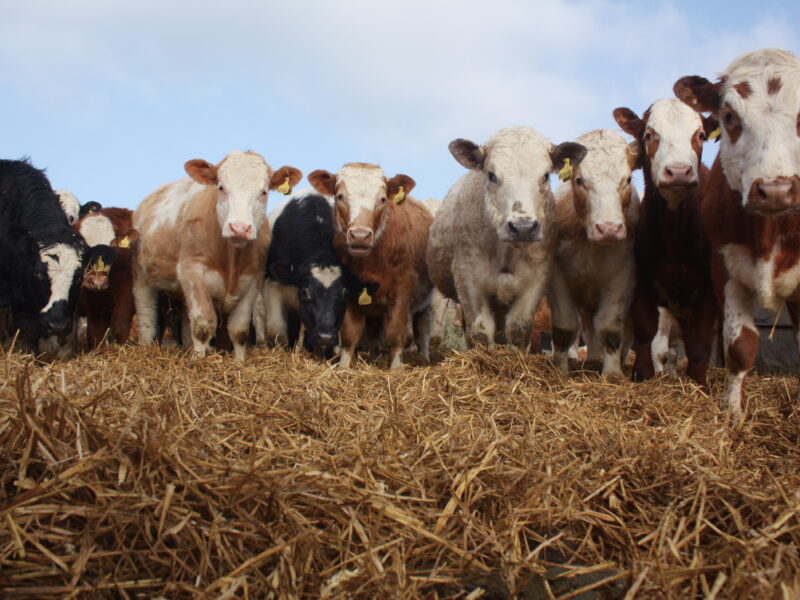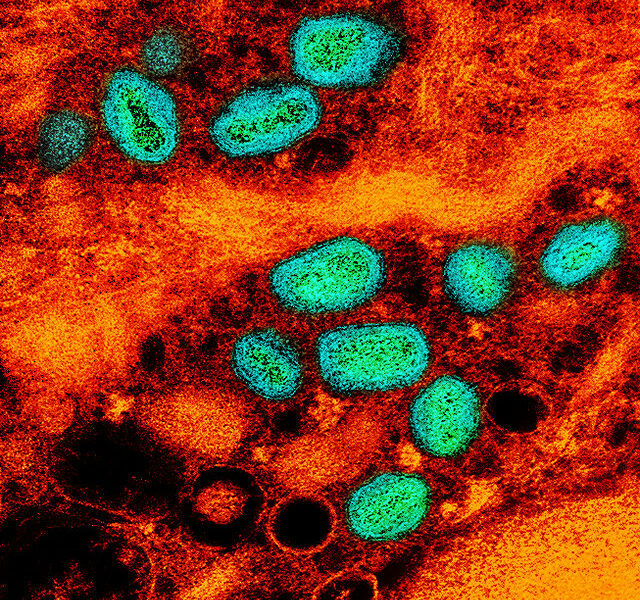By: Jiayan Liu
Image courtesy of Andrew_ww via Flickr Creative Commons
Nigeria has been battling successive yellow fever outbreaks since September 2017. The ongoing outbreak has reached nearly a three-fold increase in a number of confirmed cases in 2019 compared to 2018 [1]. The disease also spread to previously unaffected parts of the country. From January 1 through December 10, 2019, the World Health Organization (WHO) has reported 4,189 suspected yellow fever cases across all states and the Federal Capital Territory in Nigeria. Of the total 3,547 samples taken, approximately 400 were confirmed by using molecular biology techniques. 115 confirmed cases and 23 deaths were reported from Bauchi, Katsina, and Benue. The overall case fatality rate is 5.1%, and, among confirmed cases, the case fatality rate is 12.2%.
Yellow fever is an acute viral hemorrhagic disease that is transmitted through the bits of infected mosquitos [2]. Mild cases can cause fever, headache, jaundice, nausea, and vomiting, while serious cases can lead to liver, heart and kidney failure and death. There is no medicine to treat or cure the infection. Vaccination is the most effective way to prevent disease and can provide life-long protection. Due to the dangers of the infection, Nigeria has been trying to combat and prevent yellow fever since 2017. The key strategy is to launch preventive vaccination campaigns. For example, the WHO and Nigeria federal government launched a 10-day vaccination campaign in September 2019 in three states, which efficiently targeted 1.6 million people aged 9 months to 44 years old [3]. However, vaccination campaigns lack access to insecure areas that has resulted in pockets of under-vaccinated people and will bring high risk if the disease is introduced [4]. Some densely populated urban areas such as Kano and Lagos are also lack of mass vaccination campaigns. WHO suggested that more vaccination across a wider geographic is needed to stop the ongoing transmission.
WHO and Nigeria’s government are making efforts to improve immunization coverage and overcoming the challenge of vaccination. Bayelsa State in Nigeria has long been characterized by insecurity driven by socio-economic hardship [5]. Health workers and vaccinators were exposed to piracy, banditry, kidnapping and organized crime when they navigated the waterways to reach the target population and lack of funding to purchase fuel. From 2018, Bayelsa State immunization centre made an important step by securing increased funding to support health workers with the resources they needed to better access hard-to-reach populations [5]. The novel strategy includes reaching all children by boat-to-boat immunization at sea, community engagement through traditional leadership hierarchies and overcoming vaccine hesitancy by showing informative films. The series of innovative approach has significantly enhanced the vaccination rate among children in Bayelsa, especially helping children living along its hazardous creeks and remote jungles. The successful example of Bayelsa should also be applied to other remote areas. Eliminating yellow fever needs strong collaboration and involvement from government and organizations.
References
[1] https://reliefweb.int/report/nigeria/disease-outbreak-news-yellow-fever-nigeria-17-december-2019
[2] https://www.cdc.gov/yellowfever/index.html
[3] https://www.borgenmagazine.com/6-facts-about-the-yellow-fever-outbreak-in-nigeria/
[4]http://www.cidrap.umn.edu/news-perspective/2019/12/yellow-fever-outbreak-intensifies-nigeria


